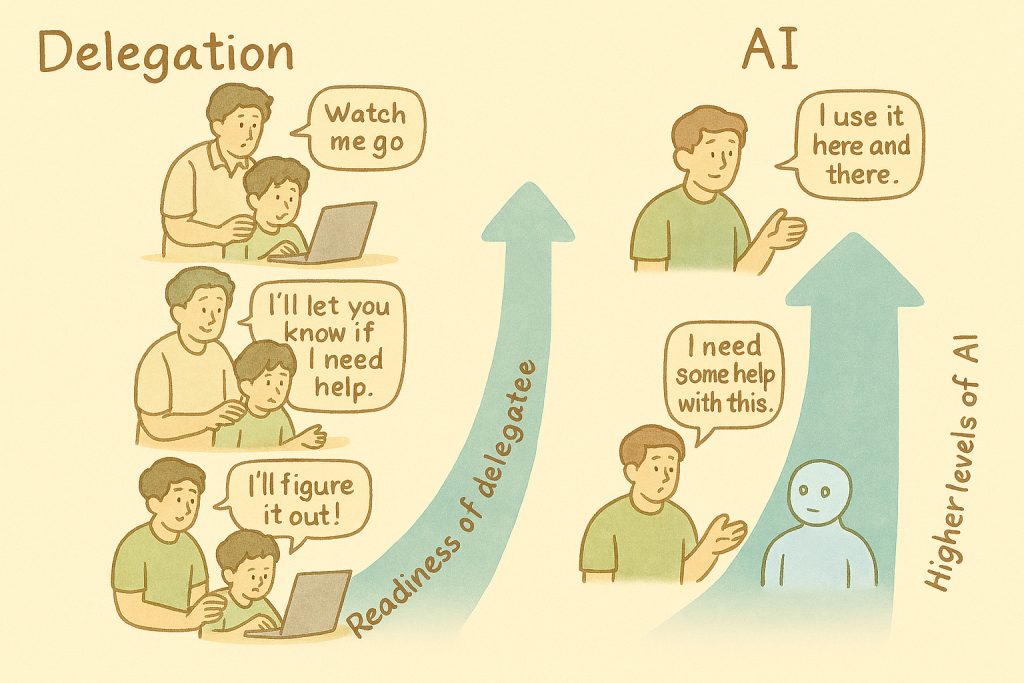Scenario:
You are a new Agile Coach hired by a service company that has been struggling to transition from Waterfall to Agile methodologies. The Delivery Manager, “Waterfall Wix,” has been leading the team using traditional Waterfall practices for over 15 years. Despite training sessions and workshops on Agile, the team is still facing issues with over-planning, micromanagement, and a lack of flexibility. This has led to frustrated stakeholders, a demotivated team, and an increased risk of project failure.
Challenge:
How would you approach the situation to effectively help “Waterfall Wix” and the team embrace Agile principles? Consider at least one of the following aspects in your response:
- Building Trust: How would you establish trust and rapport with “Waterfall Wix” to understand his/ her concerns and resistance to Agile?
- Training and Coaching: What specific training and coaching strategies would you employ to help Wix and the team transition smoothly?
- Incremental Changes: How would you introduce incremental changes to minimize disruption and demonstrate the benefits of Agile practices?
- Stakeholder Communication: What steps would you take to improve communication and transparency with stakeholders to ensure their buy-in and satisfaction?
- Empowering the Team: How would you empower the team to take ownership of their work and foster a culture of collaboration and continuous improvement?
Provide a detailed plan outlining your approach and justify your strategies based on the principles discussed in the blog.




